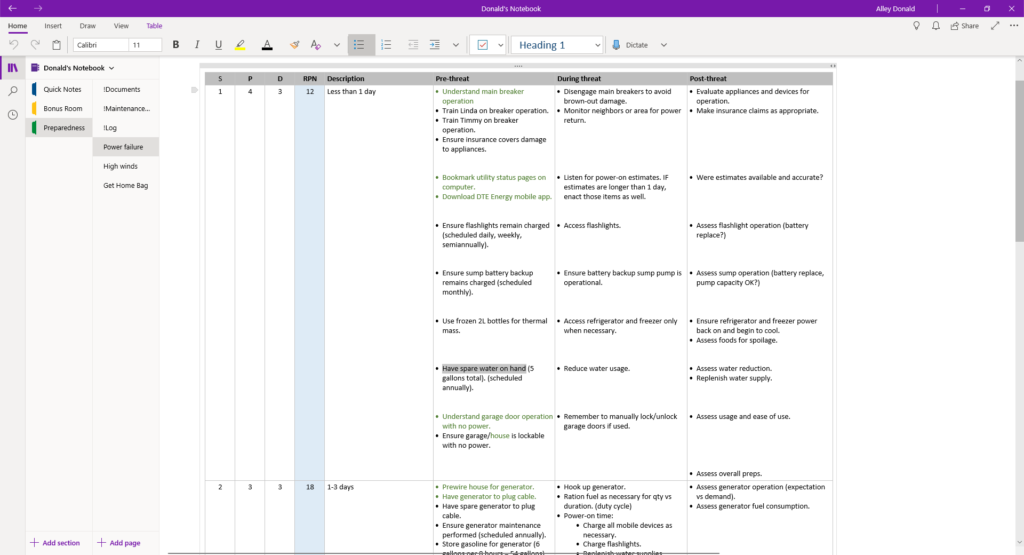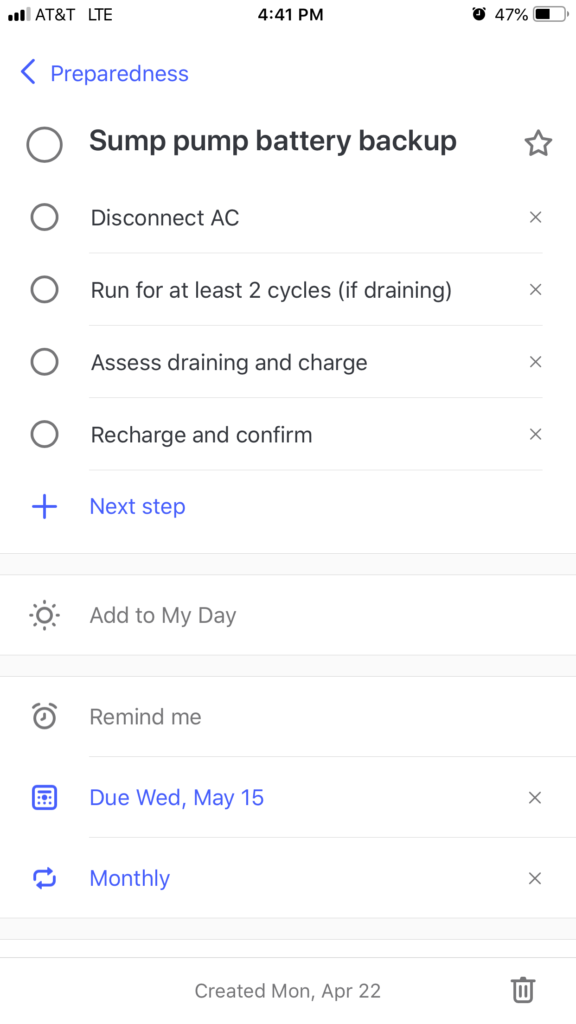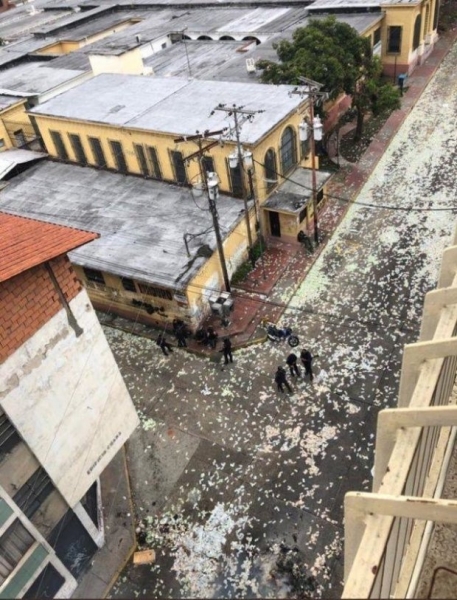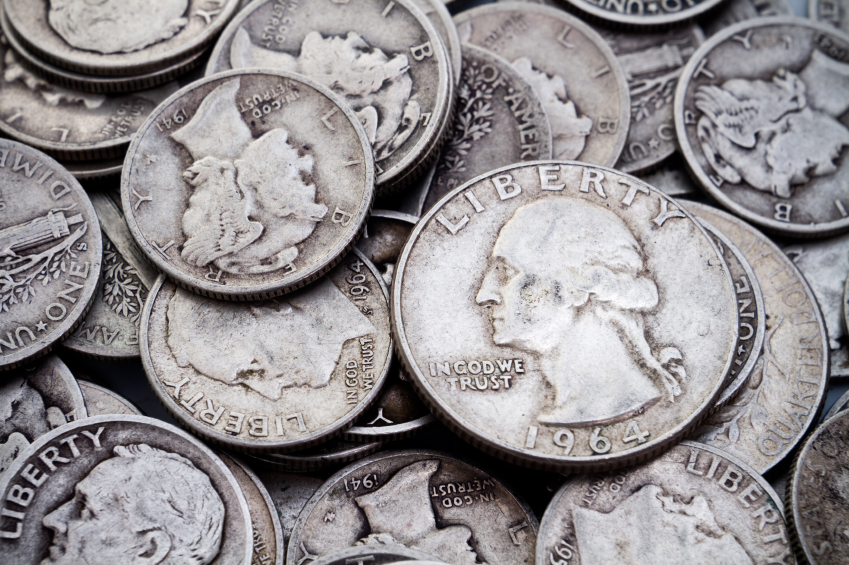There’s a thrill coming home with a new firearm, a new pack, a new radio, etc. Preparedness aficionados love new gear associated with their lifestyle just as much as a golfer loves his new putter or your rich dentist loves his new Corvette on track day.
Even before the thrill of coming home with New Toy, we tend to have a great time comparing specs, reading reviews, and optimizing our kit for its intended role. What optics will work best on the new Glock? What kind of range can I expect from this Yaesu handheld? What’s the best steel for my new pocket folder?
What is not as glamorous or exciting is the maintenance required for such things… For most, it isn’t even considered. But, with each piece of new gear, we must carefully ascertain maintenance needs it will require.
Preparedness must be as much about the learning of, and maintenance of gear, as it is acquiring new gear or new skills.
I recently moved to a 13 acre parcel of land in the ‘far suburbs’. This was done to get away from HOAs, provide a more semi-rural experience for my son, and to start down a more self-resilient lifestyle. I am slowly doing that.

In this effort, I needed to get a compact utility tractor. This is the class of tractors that have a front end loader, and can pull basic ground-engaging implements like rakes, rotary cutters, a rear blade, and more. It was the most phenomenal New Toy I’ve ever purchased, and it changed my capabilities from “I’ll never be able to get that done” to “Eh, gimme 10 minutes…”. In the first year of ownership, I cleared well over an acre of very heavy underbrush in an ancient apple orchard to a cleared area with the apple trees remaining. This year, I’ll likely clear another couple acres. I also cleared snow from my 0.33 mile driveway and private road, moved multiple cords of firewood, and more.
To a preparedness enthusiast (I despise the word ‘prepper’) this tractor represents so much capability to turn my land into an investment that will serve my family and further my goals to a resilient lifestyle. Running it is fun, getting work done on it is beneficial, and the experiences of doing these things ourselves is very fulfilling. Imparting this can-do mentality to my son is priceless.
The tractor takes maintenance. Every year I have to change oil, oil filters, check hydraulic fluid, grease over a dozen joints, adjust settings, clean air filters, and more. Every few years I have to change over 10 gallons of hydraulic fluid and a filter, bleed these systems, maintain the diesel filters, and other things. The attachments need basic maintenance as well. It doesn’t take a ton of time to do any one of these things, but it does take some. Doing them all can be a day of work.
Likewise, I have that handheld Yaesu radio in my pack as well as a backup battery for my smartphone. I have to remember to keep them charged. The optics on my bug out rifle? I need to test them and swap batteries at regular intervals. Got your water bottle full on your Get Home Bag? How long is that good for?
Organizing maintenance
If you’ve taken our Emergency Preparedness 1 class, you’ll remember that each threat component should have a corresponding matrix of activities. (If you haven’t taken our Emergency Preparedness 1 class, take this time to sign up here.) In each category, we do a pre-threat rundown on things to get, get trained on, and maintain so you’re prepared for an event. The maintenance must be part of that pre-threat rundown.

Here is a page from my threat matrix for power failure. As an aside, I am still working on my threat matrices as well since I moved, and am using it as an opportunity to learn Microsoft OneNote. OneNote is an excellent program for data organization and after the ‘structure’ of the program is understood, is intuitive and versatile. As I transpose info from my previous Excel sheets and reassess for my new home, I am populating more in this OneNote file.
In my Power Failure threat matrix, my task of “Ensure flashlights remain charged” is a daily, weekly, and semiannual task. Why? My tactical flashlight gets tested every morning as I put it in my pocket. Just a short on/off to ensure it works. Weekly, my bedside flashlight gets recharged. Semiannually, the batteries in these get replaced whether they need it or not. These entries in my threat matrix get added to a Maintenance page in the program where they are all listed out; all maintenance items from all tabs. I then have a Log tab where I record what I did for each (though I tend to keep daily and weekly items off it, just too much documentation for no benefit).
Once the threat matrices are complete for all threat components, we’re left with a list of what items require maintenance. Having this list is nice, but we still have to make it a part of our routine.
I’ve opted to use Microsoft To-Do on my iPhone. It allows for tasks, subtasks, recurring tasks, and more. It is comprehensive enough for in-depth task details but still very user friendly. Microsoft did a great job with this. If you have a preferred task manager that you use, go for it. I highly recommend one that allows recurring tasks, though, since that is the objective of this exercise.

It can take some time creating useful To-Do’s from each maintenance item, but once they’re in your list, it is far easier to make emergency preparedness maintenance items a part of your routine.
Another important thing to remember is to create a Go-Bag or Get-Home-Bag inventory as well, and ensure you have covered maintenance items from that. In my GHB, I have the Yaesu handheld radio, as well as a battery back up for my iPhone. I have the recurring task of charging these weekly. I have some freeze-dry food that I swap out annually, and a water bottle that I cycle the water on weekly (it is not commercially sealed). In my full Bug out Bag I have more items, including testing and swapping optics and sights batteries.
Take away:
Is any of this as glamorous as posting your new AR-15? No. Is it as cool as Instagramming yourself eating a grub or bowdrilling a fire? We prepare to help ensure an uncertain future is at least a stable future through risk reduction. As such, it is just as important to pay attention to upkeep on the preps you already have as it is to get new preps. Without proper maintenance, your preps are in an uncertain state. Just like the condition we are hoping to avoid.


